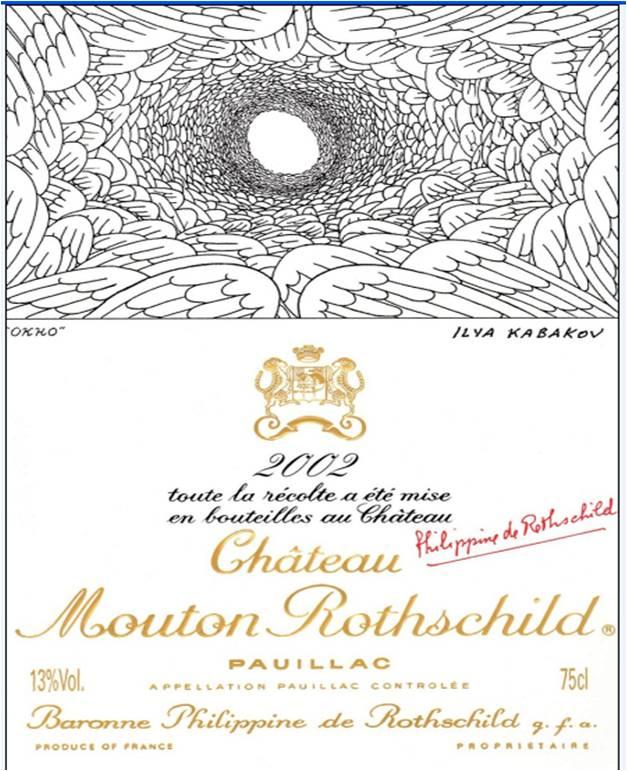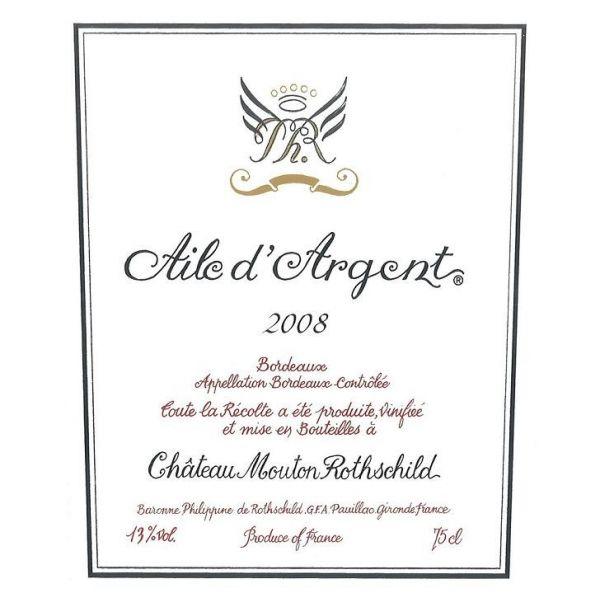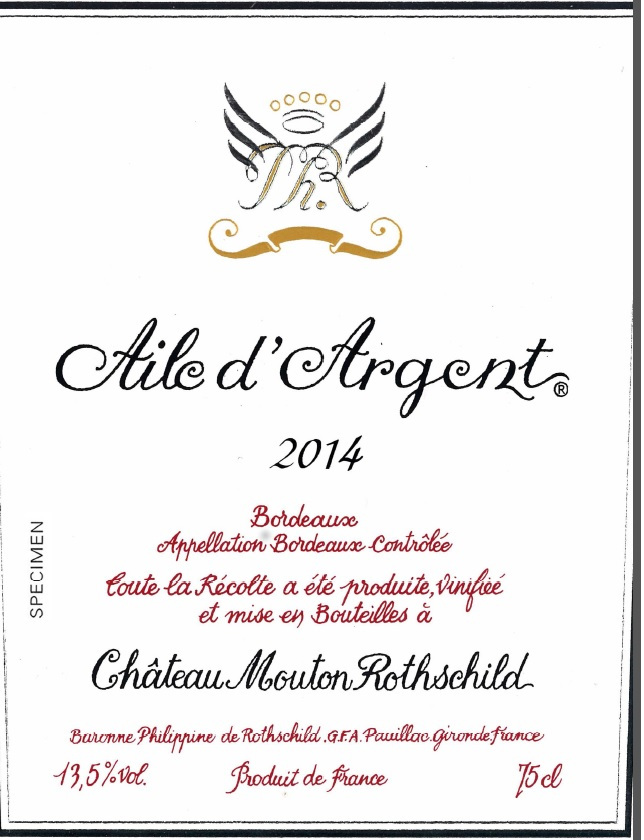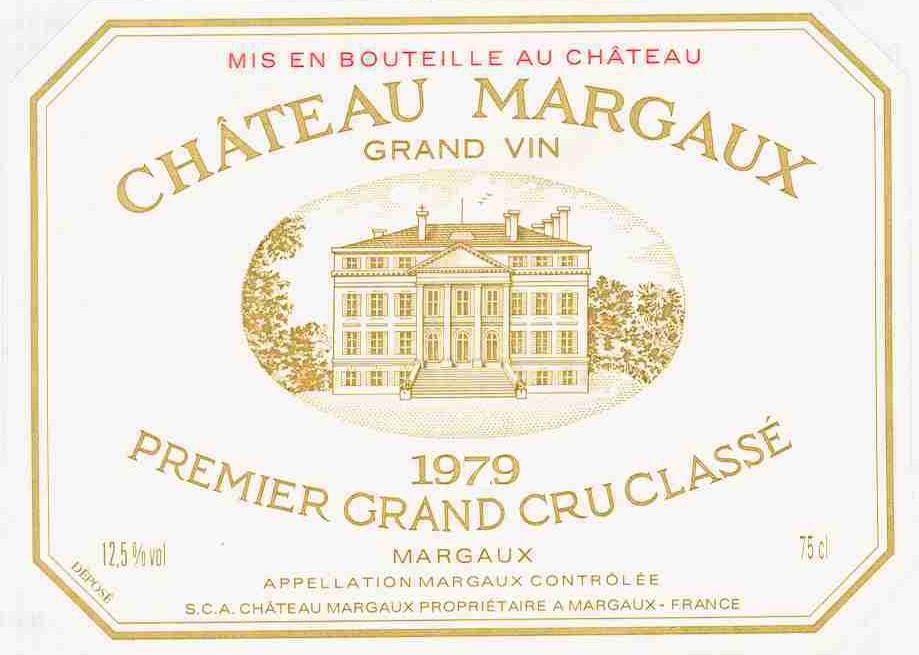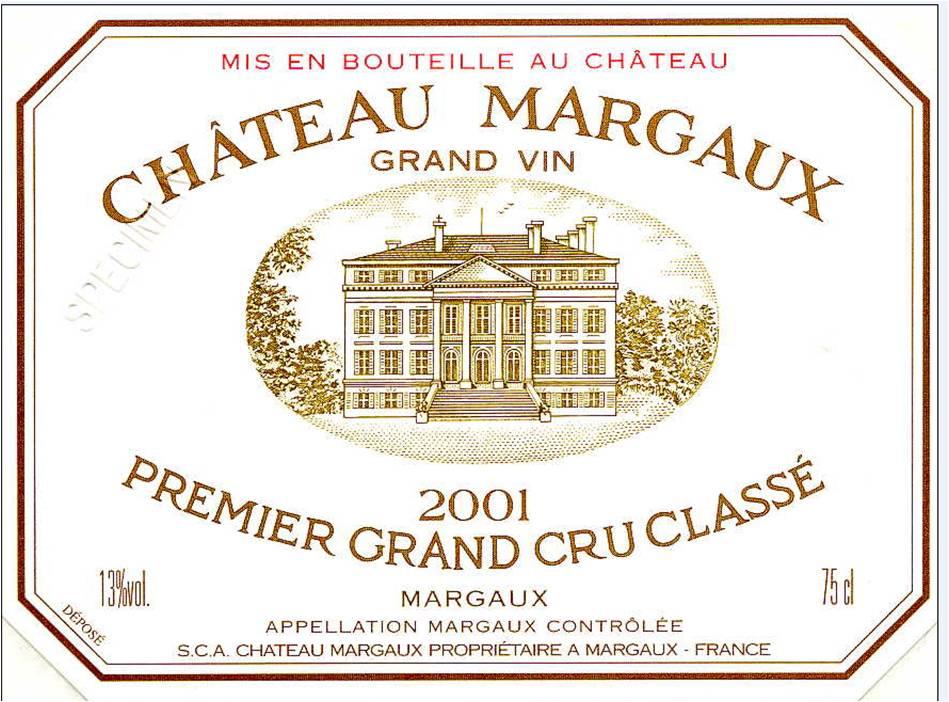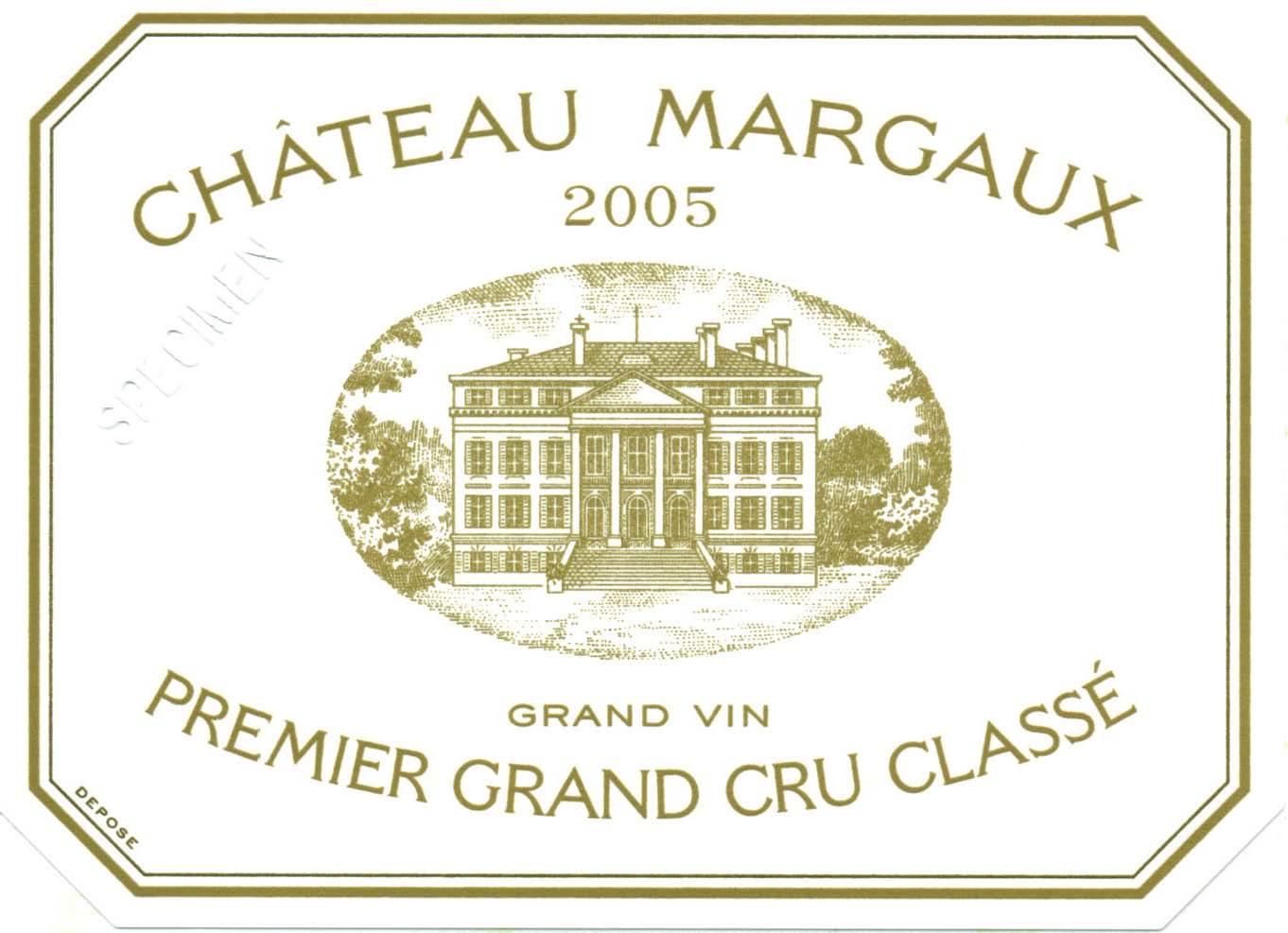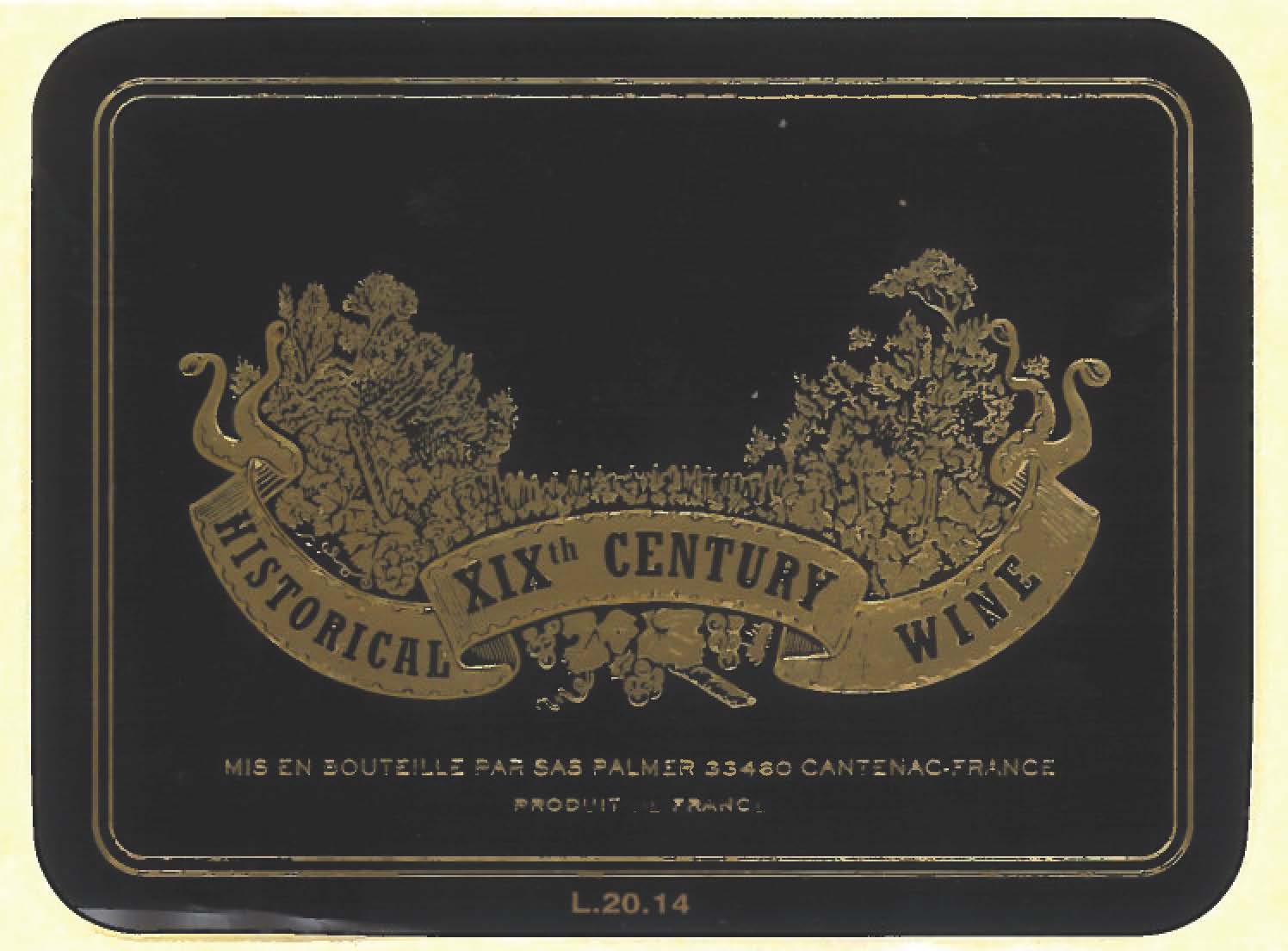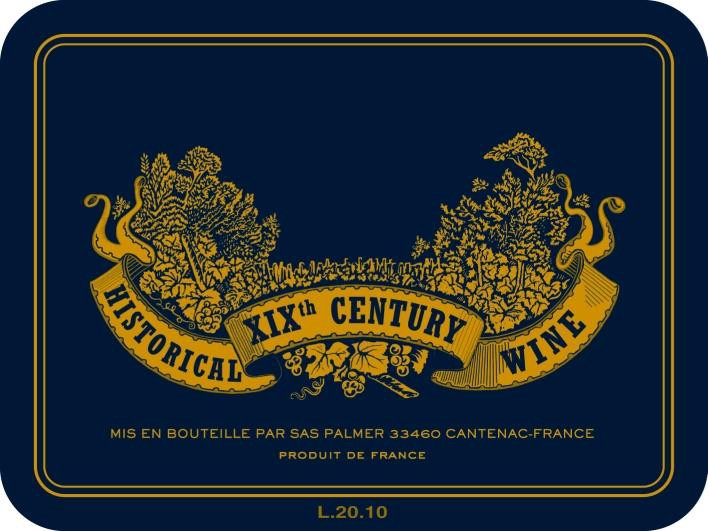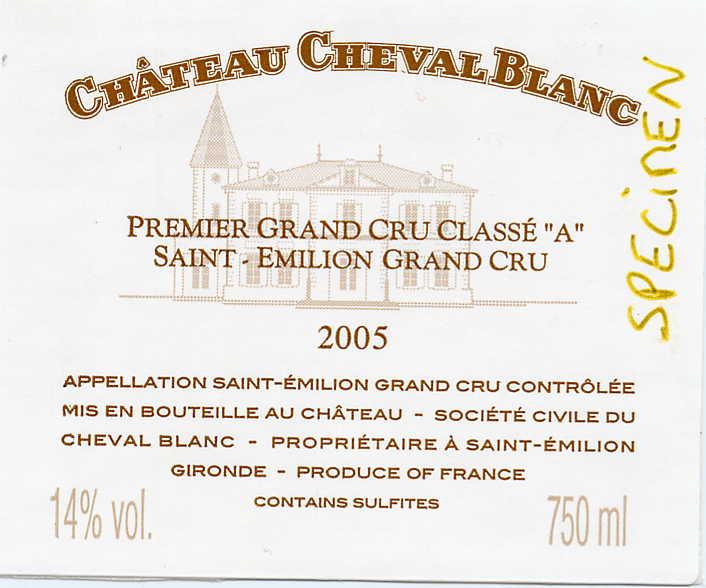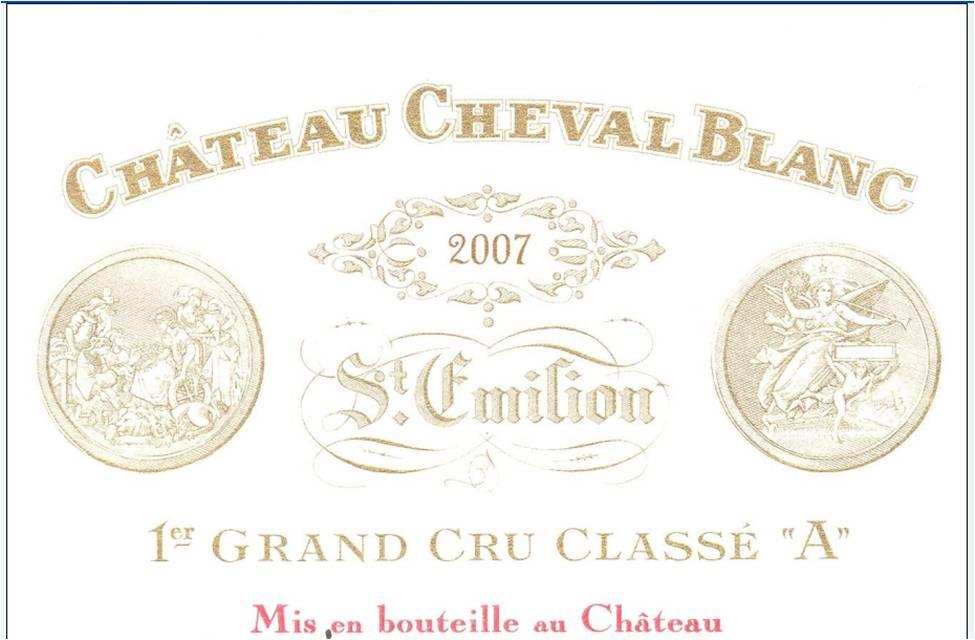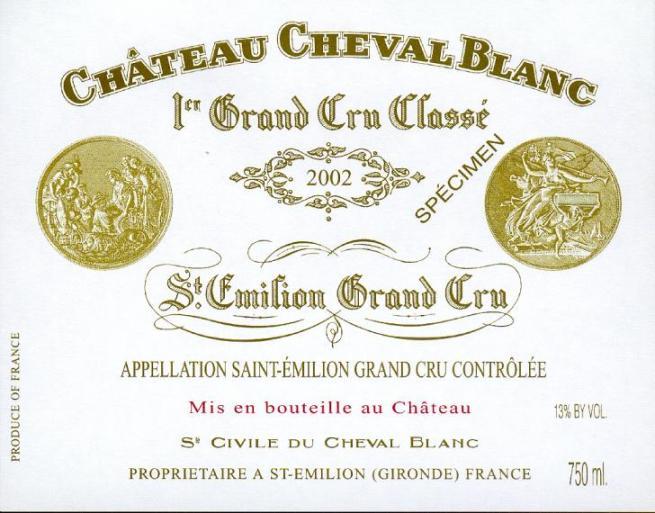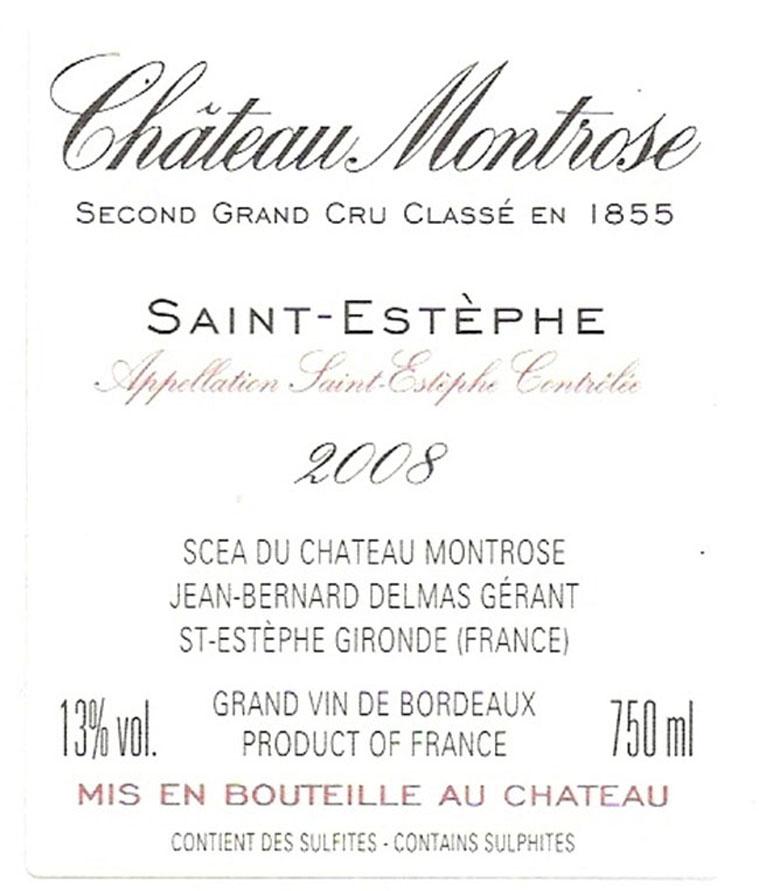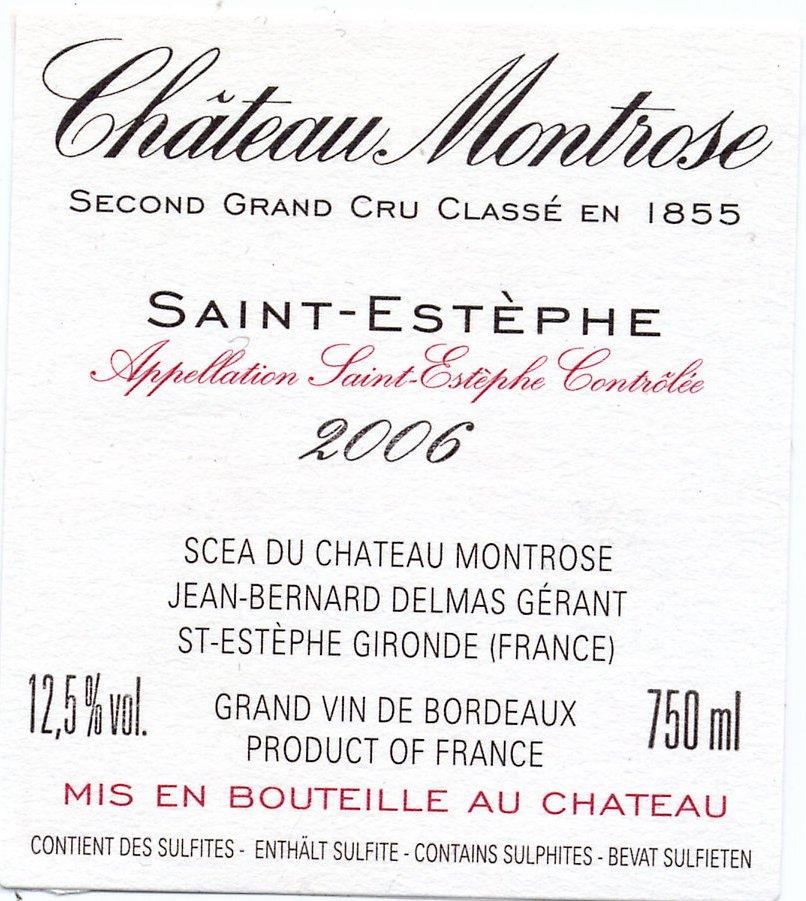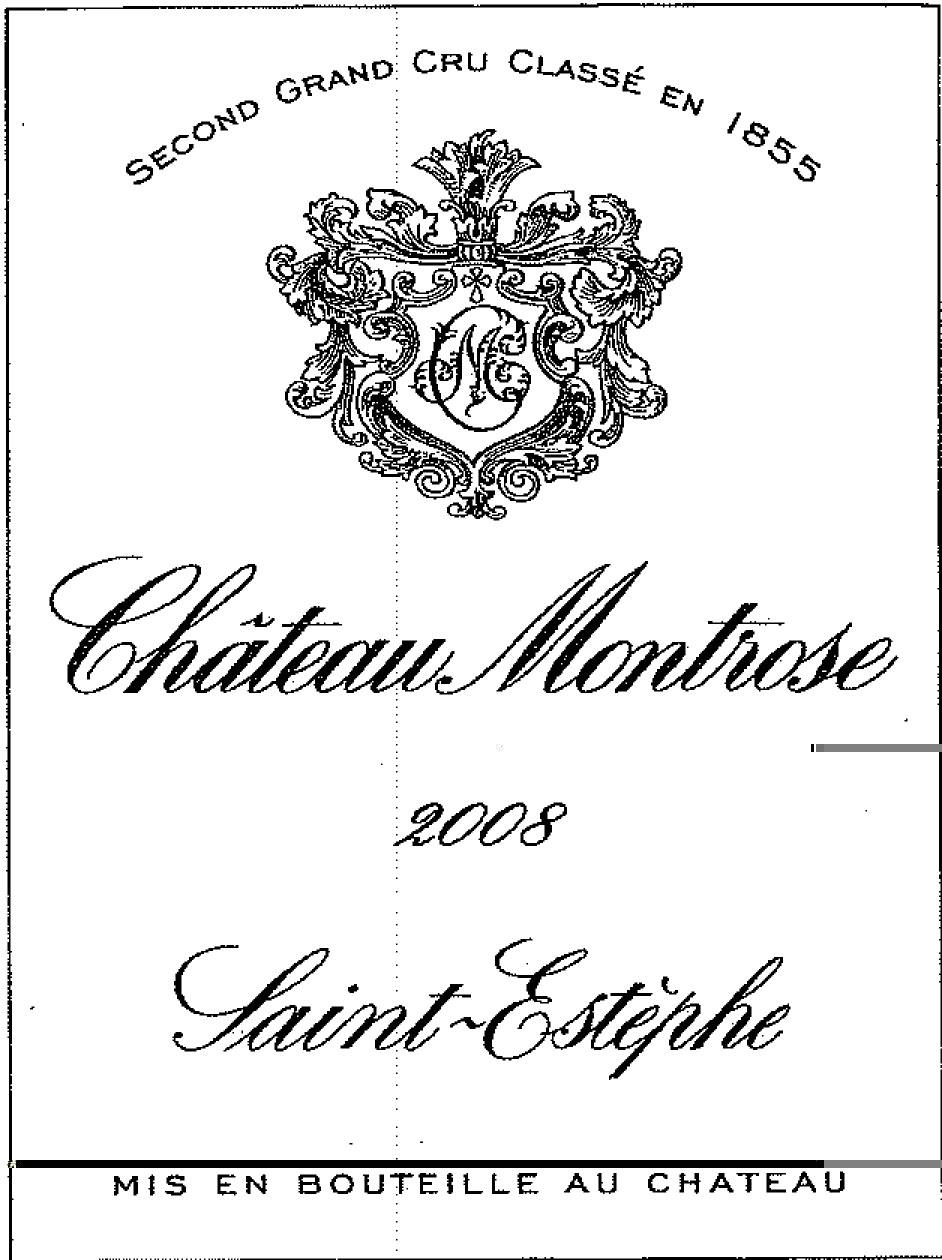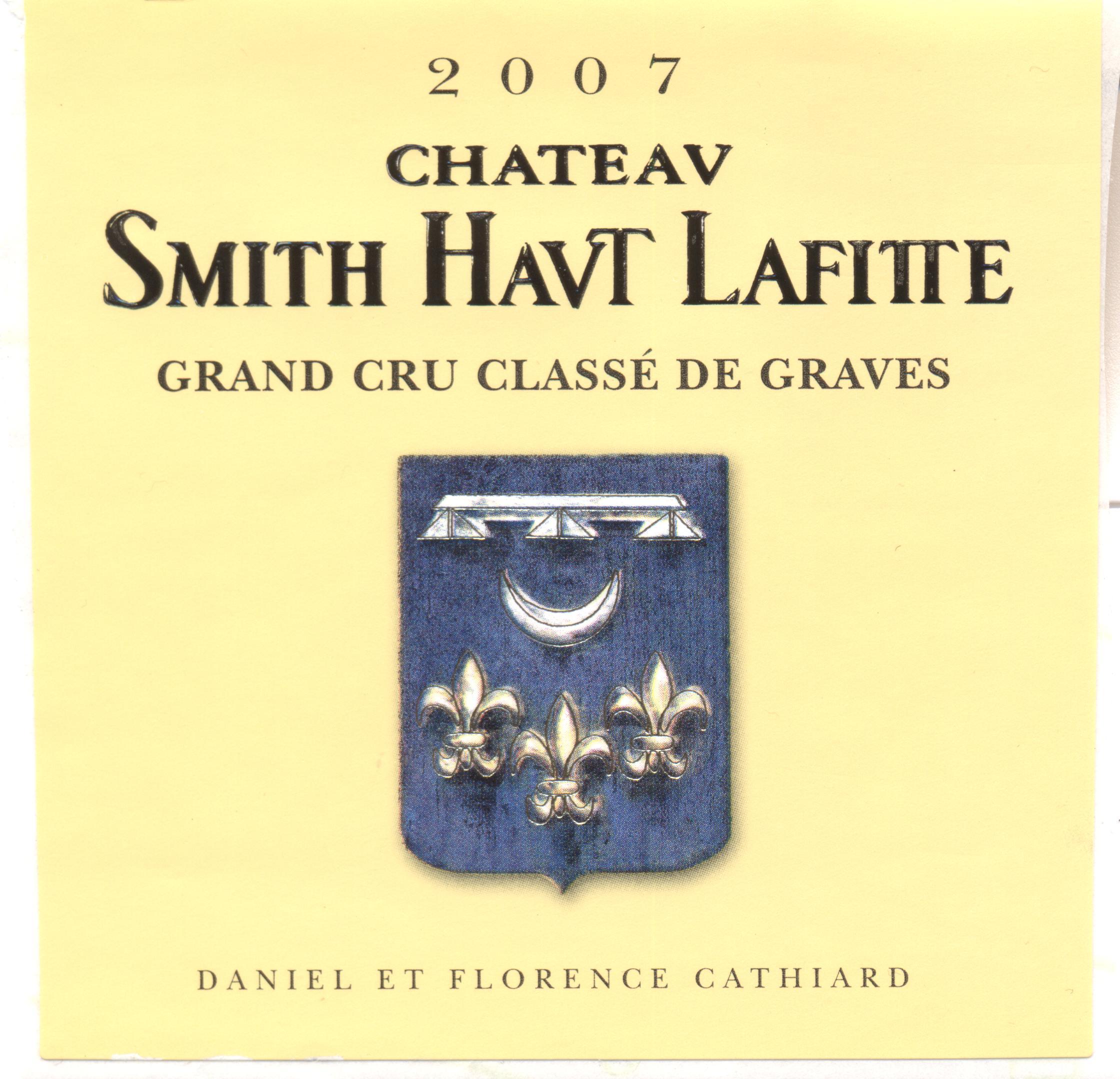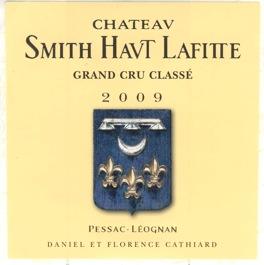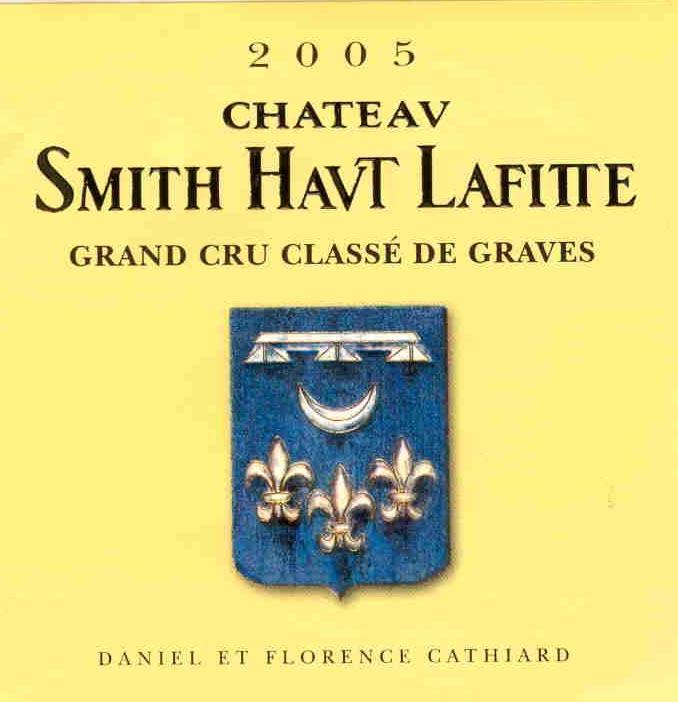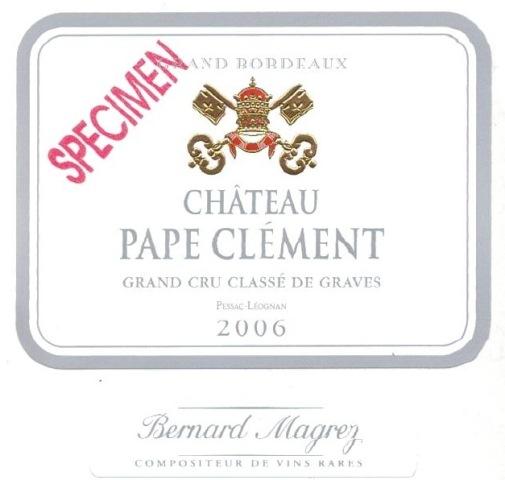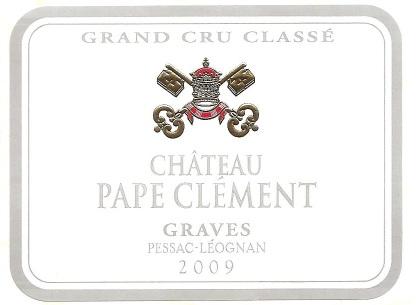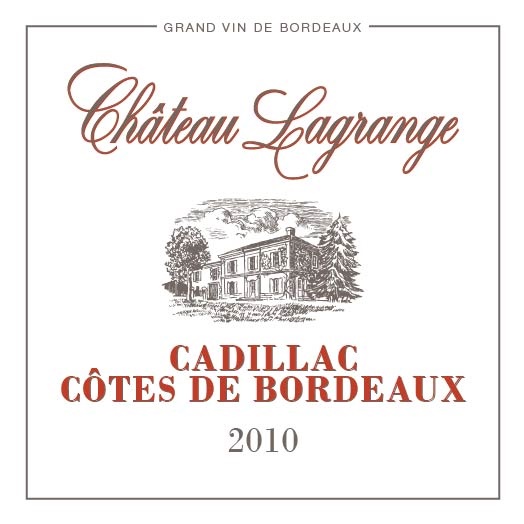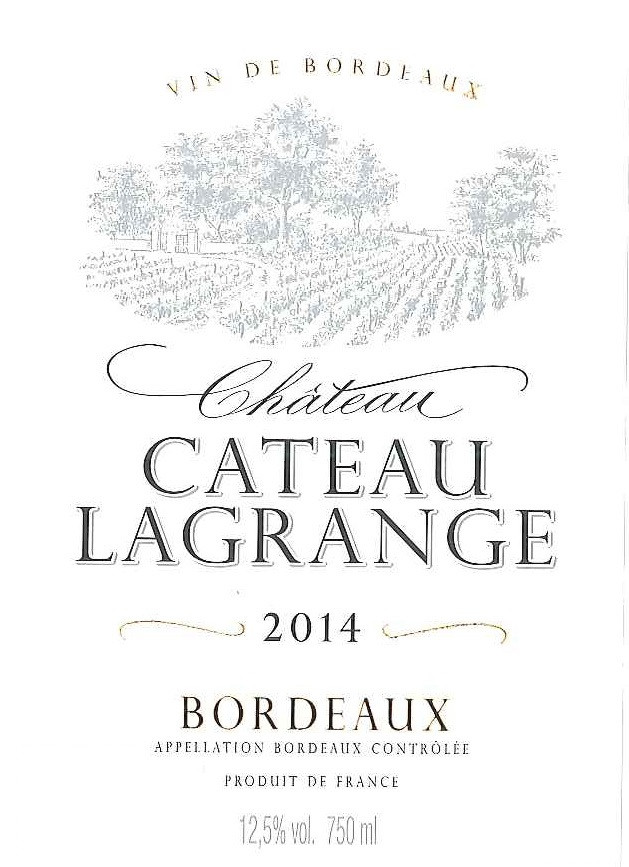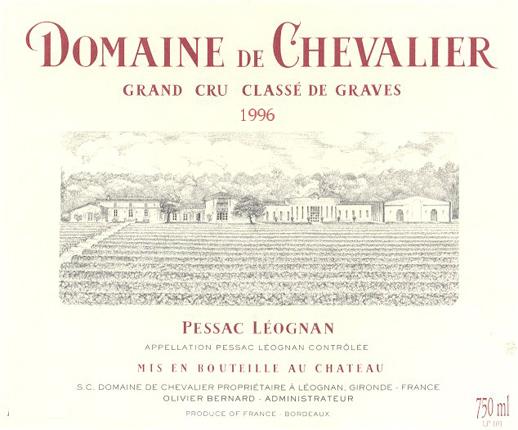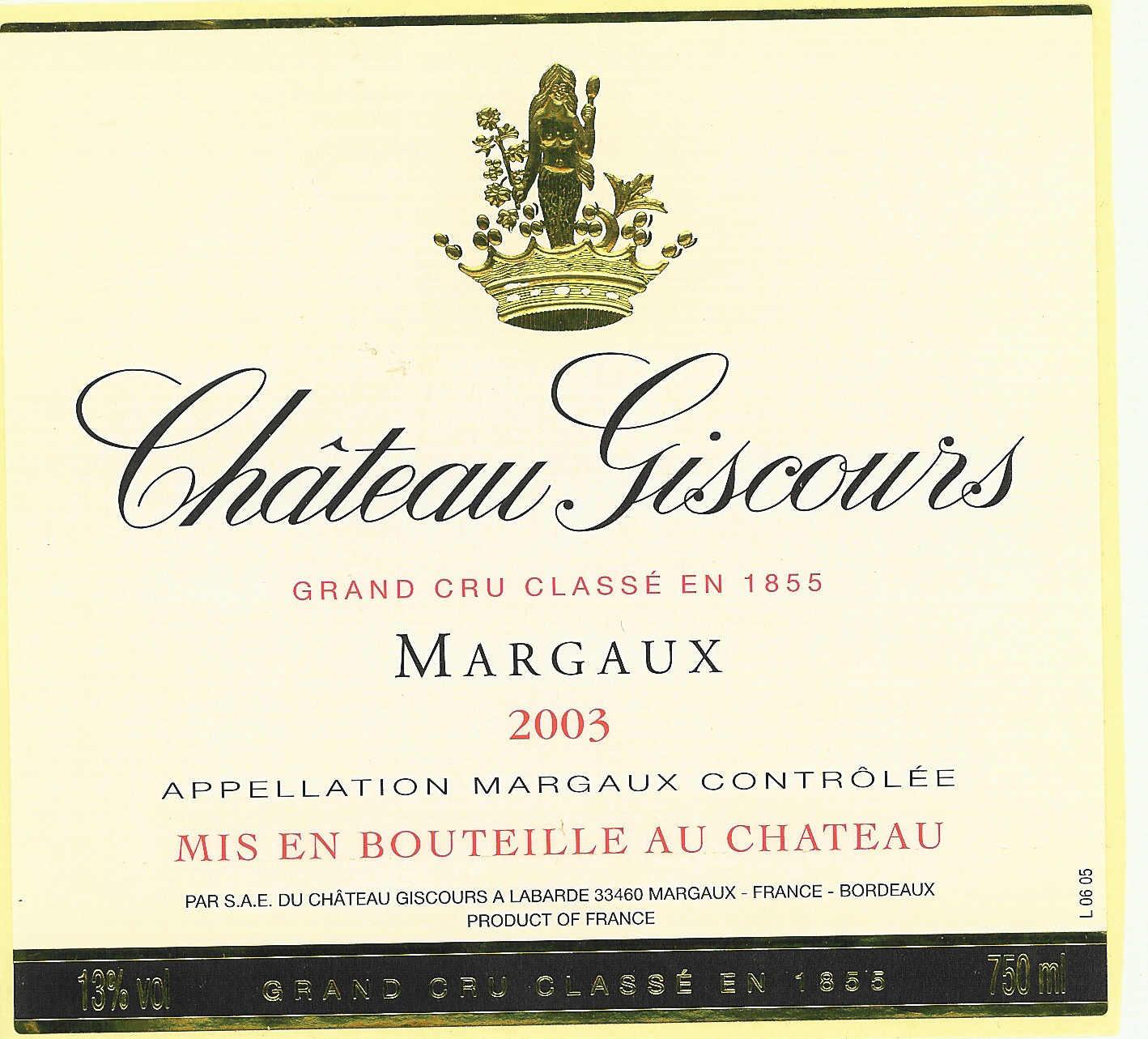Characteristics of Bordeaux Rouge
Bordeaux Rouge is typically medium to full-bodied, with alcohol levels that can rise to 14–15% in warmer vintages, and is known for its lively acidity and firm tannins.
Left Bank wines, grown on gravel-rich soils, are structured and age-worthy, while Right Bank wines on clay and limestone are plush and often ready to drink sooner. The blend—usually Cabernet Sauvignon-dominant on the Left Bank and Merlot-led on the Right Bank—shapes flavors from blackcurrant and graphite to plum and chocolate, with Petit Verdot adding depth and color.
Vintage variation plays a major role, with warm years producing richer, higher-alcohol wines and cooler years yielding fresher, more restrained styles.
What Does Bordeaux Rouge Taste Like?
Bordeaux Rouge’s flavor spectrum is shaped by both its regional origins and the influence of vintage climate:
-
Regional Influence:
-
Left Bank (Cabernet Sauvignon-dominant): Expect savory notes—blackcurrant, pencil shavings, and firm tannins, all supported by the structure from gravelly soils.
-
Right Bank (Merlot-led): These wines are softer and rounder, with juicier flavors of plum, chocolate, and floral hints, thanks to clay and limestone soils.
-
Climate Effect:
- Warmer years deliver riper, fuller-bodied wines with elevated alcohol and plush fruit character.
- Cooler seasons highlight freshness and subtlety, with higher acidity and more restrained fruit.
Oak aging introduces vanilla, cedar, and toasty complexity, while bottle age brings earth, leather, and a silky texture.
Notable Region Bordeaux Rouge Grows In
The character and structure of Bordeaux Rouge are deeply shaped by the unique soils and climates of its most renowned sub-regions, each bringing its own signature to the blend.
The Left Bank is home to Pauillac, Margaux, and Pessac-Léognan, while Saint-Émilion lies on the Right Bank.
-
Pauillac: Famed for its powerful, Cabernet Sauvignon-driven wines, Pauillac offers intense cassis, mint, cedar, and graphite notes, with remarkable aging potential.
-
Margaux: Known for elegance and aromatic finesse, Margaux produces wines with vibrant cassis, raspberry, violet, and subtle tobacco, supported by silky tannins and often approachable in their youth.
-
Saint-Émilion: This Right Bank region highlights Merlot and Cabernet Franc, yielding wines with concentrated red fruit, fig, and floral aromas supported by silky tannins.
-
Pessac-Léognan: Reds from this area are marked by earthy, smoky or gunflint minerality, dark fruit, and tobacco, reflecting the gravelly soils and a legacy of historic estates.
Food Pairings
Red Bordeaux’s bold structure and layered flavors make it a versatile partner for a wide range of dishes, from classic meats to inventive vegetarian fare.
-
Hearty Proteins and Game: The wine’s firm tannins and deep fruit notes shine alongside grilled ribeye, roast lamb with rosemary, or even wild game such as venison and duck, balancing the richness and enhancing savory flavors.
-
Cheese and Charcuterie: Pair Red Bordeaux with aged cheeses like Comté, cheddar, or Gruyère, or try it with creamy Brie for softer styles; for a bolder twist, blue cheeses like Roquefort create a striking contrast with the wine’s fruit and earthiness.
-
Vegetarian and Vegetable Dishes: Earthy mushroom risotto, roasted root vegetables, or hearty stews like ratatouille echo Bordeaux’s complexity, while bitter greens and herbs such as rosemary or thyme help soften the wine’s tannins and bring out its fruitier side.


